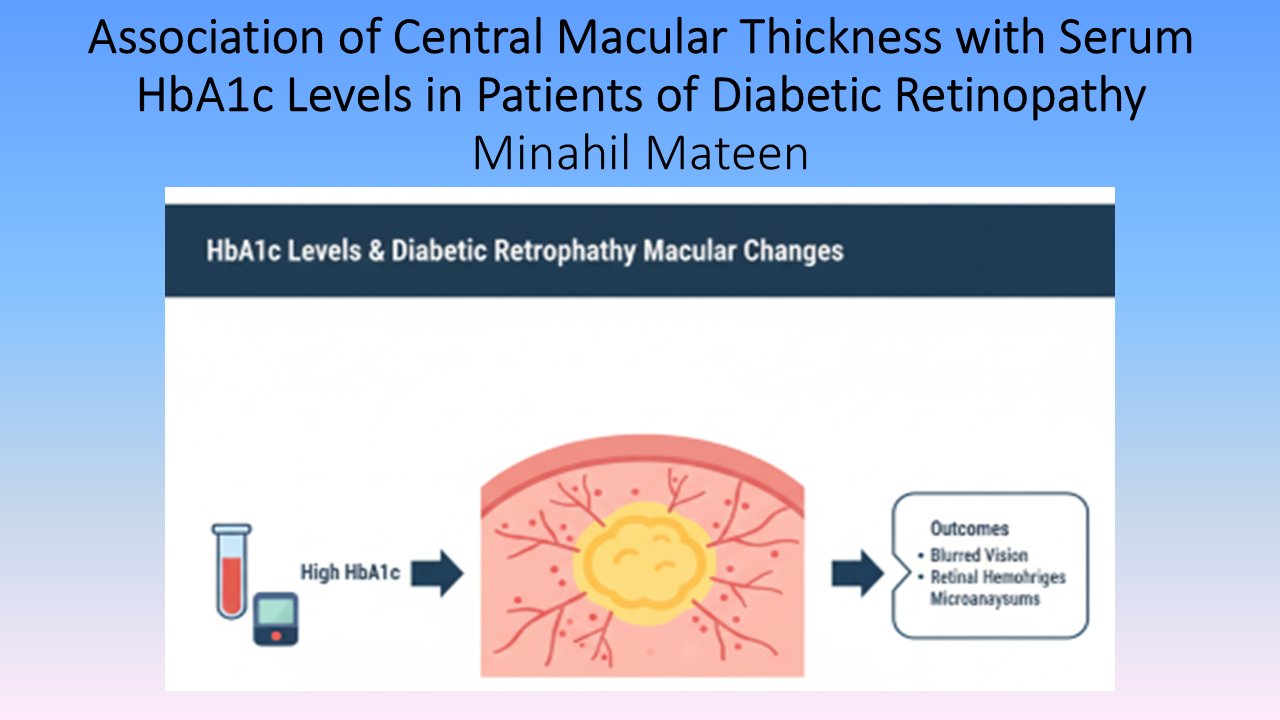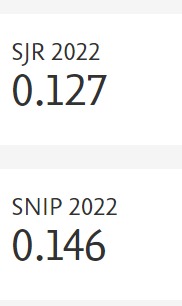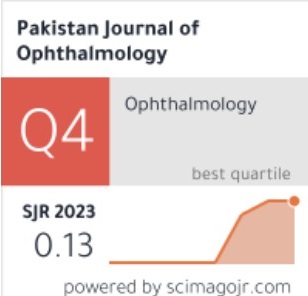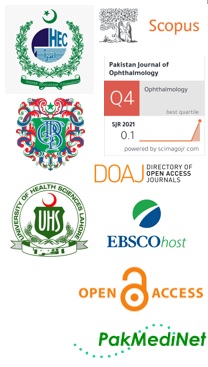Association of Central Macular Thickness with Serum HbA1c Levels in Patients of Diabetic Retinopathy
Doi: 10.36351/pjo.v41i4.2171
DOI:
https://doi.org/10.36351/pjo.v41i4.2171Abstract
Purpose: To determine the association of central subfield macular thickness (CST) in patients of diabetic retinopathy with HbA1c.
Study Design: Cross sectional study.
Place and Duration of Study: Combined Military Hospital, Lahore from March 2025 to June 2025.
Methods: A total of 112 patients with diabetic retinopathy according to ETDRS classification were included and divided into two groups: patients with controlled (HbA1c≤7) and uncontrolled (HbA1c>7) diabetes. Spectral Domain OCT was done for CST and rerum HbA1c levels were recorded. Independent samples t-test was used to compare CST in groups. The results were also stratified for gender and duration of diabetes.Statistical analysis was done by using Statistical Package for Social Sciences SPSS version 23. Pearson correlation was applied to quantify the relation between HbA1c and CST.
Results: The mean age of participants was 62.08±5.97 years. There were 74.1% patients with uncontrolled HbA1c levels (>7%). The mean CST for males was 295.36 µm (SD = 37.64), and for females was 302.84±44.44.The mean CST in the controlled group was 257.62 ±19.73 while in the uncontrolled group was 311.98±35.53. CST was positively correlated with serum HbA1c levels (r=0.634). Patients with diabetes for more than 10 years had significantly higher CST (P=0.045). However, there was no gender-based difference in CST between the groups.
Conclusion: Poor glycemic control and longer duration of diabetes are associated with increased central subfield macular thickness in diabetic retinopathy.

Downloads
Published
How to Cite
Issue
Section
License
Copyright (c) 2025 Minahal Mateen, Samar Fatima, Bushra Akbar, Muhammad Saleem Bajwa, Asim Raza

This work is licensed under a Creative Commons Attribution-NonCommercial 4.0 International License.






